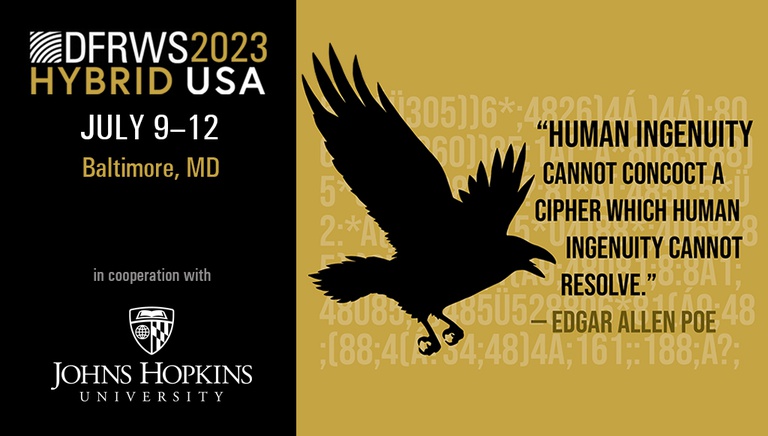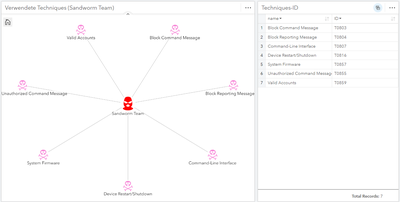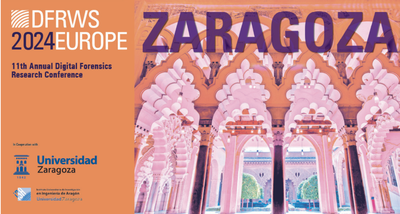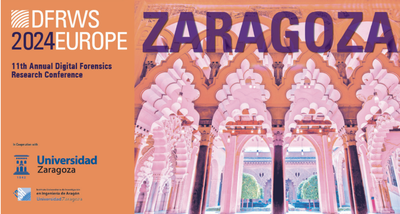
DFRWS USA 2023 - PAPER ACCEPTED
4 Juli 2023
Our article on Combining AI and AM - Improving Approximate Matching through Transformer Networks was accepted at DFRWS USA 2023. The article presents a novel approach to combine similarity hashing algorithms with transformer networks in order to get better matching scores in the field of digital forensics. The paper will be presented at the Digital Forensic Research Workshop (DFRWS) USA 2023 in July 2023.
Authors: Frieder Uhlig, Lukas Struppek, Dominik Hintersdorf (Technical University Darmstadt), Thomas Göbel, Harald Baier (Universität der Bundeswehr München) and Kristian Kersting (Technical University Darmstadt)
Abstract:
Approximate matching (AM) is a concept in digital forensics to determine the similarity between digital artifacts. An important use case of AM is the reliable and efficient detection of case-relevant data structures on a blacklist, if only fragments of the original are available. For instance, if only a cluster of indexed malware is still present during the digital forensic investigation, the AM algorithm shall be able to assign the fragment to the blacklisted malware. However, traditional AM functions like TLSH and ssdeep fail to detect files based on their fragments if the presented piece is relatively small compared to the overall file size. A second well-known issue with traditional AM algorithms is the lack of scaling due to the ever-increasing lookup databases. We propose an improved matching algorithm based on transformer models from the field of natural language processing. We call our approach Deep Learning Approximate Matching (DLAM). As a concept from artificial intelligence (AI), DLAM gets knowledge of characteristic blacklisted patterns during its training phase. Then DLAM is able to detect the patterns in a typically much larger file, that is DLAM focuses on the use case of fragment detection. We reveal that DLAM has three key advantages compared to the prominent conventional approaches TLSH and ssdeep. First, it makes the tedious extraction of known to be bad parts obsolete, which is necessary until now before any search for them with AM algorithms. This allows efficient classification of files on a much larger scale, which is important due to exponentially increasing data to be investigated. Second, depending on the use case, DLAM achieves a similar or even significantly higher accuracy in recovering fragments of blacklisted files. Third, we show that DLAM enables the detection of file correlations in the output of TLSH and ssdeep even for small fragment sizes.






